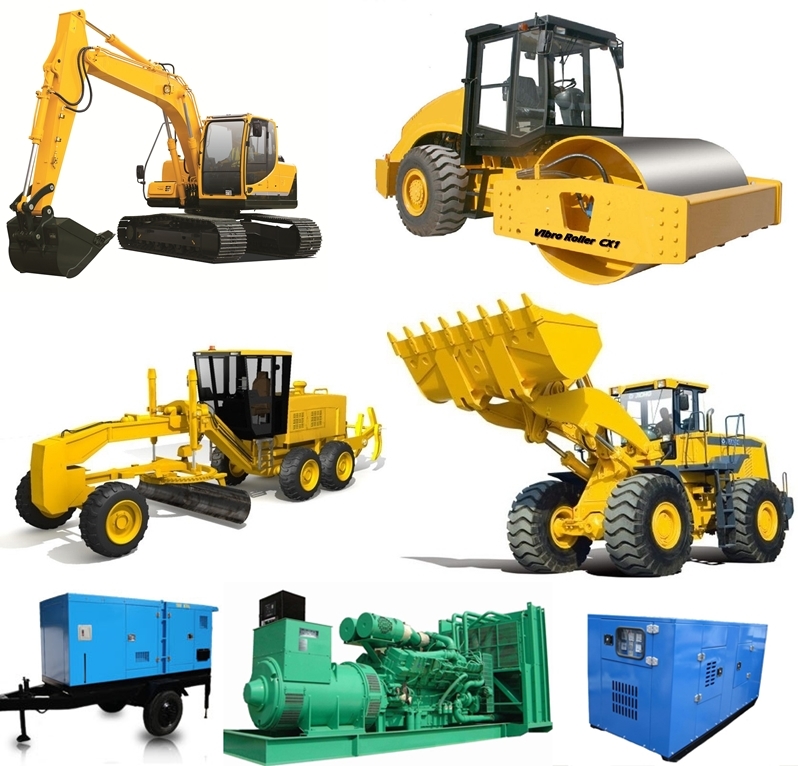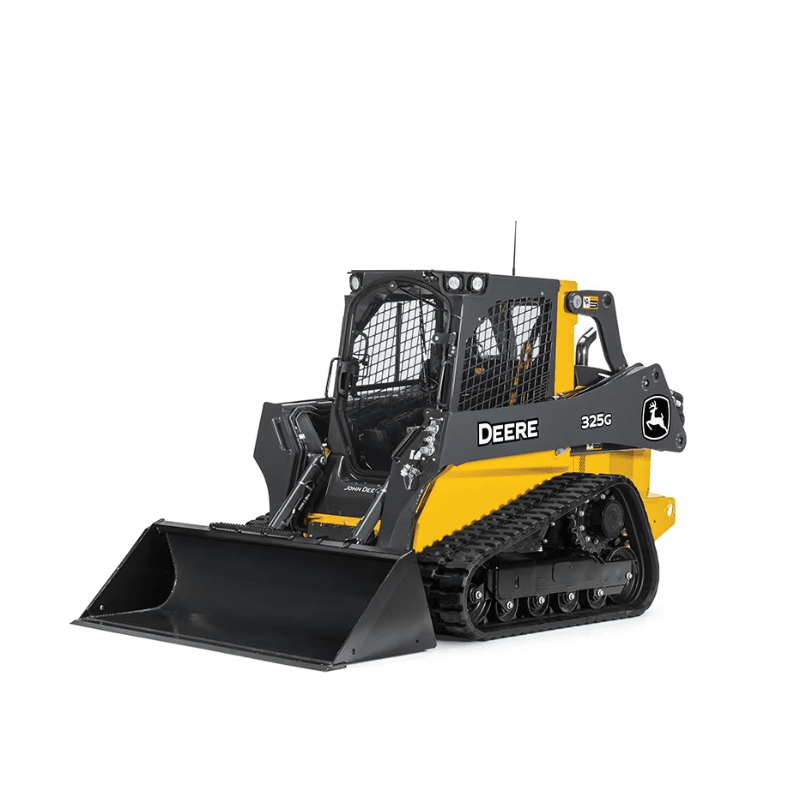Forklift Rental: Heavy Lifting Equipment for Warehousing and Much more
Forklift Rental: Heavy Lifting Equipment for Warehousing and Much more
Blog Article
Optimize Your Budget Plan by Comprehending the Costs Connected With Building Tools Rentals
Recognizing the complete extent of prices linked with construction tools rentals is crucial for optimizing your budget plan. What techniques can be utilized to properly manage these expenses and guarantee a more reliable rental experience?
Introduction of Rental Expenses
When considering building equipment leasings, comprehending the linked prices is extremely important for efficient budgeting and project planning. Rental prices can vary dramatically based upon a number of factors, consisting of tools kind, period of service, and area. The first rental charge typically mirrors the tools's market demand and its connected operational capabilities, influencing the total cost.
Along with the base rental price, supplementary costs might occur, such as transportation costs, fuel additional charges, and maintenance fees. It is vital to account for these added costs to properly evaluate the overall cost of renting out tools. The rental period can influence rates; longer rentals might certify for affordable prices, while short-term rentals may sustain higher daily charges.

Malfunction of Rental Prices
A thorough understanding of rental prices is vital for specialists and job managers aiming to enhance their budget plans. Rental rates for building equipment generally include several parts, including base rates, time-based fees, and usage fees.
Base prices are the core charges associated with the service of the devices, typically established by the kind and size of the equipment. These rates can vary significantly, affected by aspects such as equipment demand, availability, and regional market trends. Time-based charges, which may be daily, weekly, or monthly, serve to suit different project timelines and rental periods.
Furthermore, rental rates might consist of use fees, which apply when tools is utilized beyond a defined threshold, ensuring that the rental company can account for wear and tear. Seasonal need variations can additionally impact rental prices, with peak construction seasons usually regulating greater rates.
Moreover, understanding the rental business's plans relating to upkeep and insurance policy can give additional understanding into the total cost framework. By analyzing these parts, service providers can make informed choices, making certain the choice of rental tools aligns with both job demands and spending plan restraints.
Additional Costs to Consider
Comprehending the intricacies of extra costs is crucial for specialists to handle their total leasing expenses properly. Beyond the standard rental prices, different auxiliary fees can considerably affect the total expense of devices service. These charges usually consist of distribution and pick-up costs, which can vary based on distance and logistics associated with delivering the devices to and from the task site.
Furthermore, some rental business may impose fuel additional charges if the equipment is returned with much less gas than when rented out. It is additionally necessary to recognize prospective cleansing costs, specifically for specialized equipment that calls for detailed maintenance after usage.

Thoroughly assessing the rental arrangement and making clear these extra charges in advance can help service providers guarantee and avoid unexpected prices that spending plans continue to be intact throughout the project lifecycle.
Maintenance and Repair Costs
Routine repair and maintenance expenses are frequently ignored variables that can substantially influence the general cost of building and construction tools rentals. When leasing equipment, it is crucial to think about not just the rental charges yet likewise the prospective prices connected with maintaining the equipment in optimum operating problem.
Many rental firms consist of standard maintenance as part of the rental contract; nevertheless, more unexpected break downs or extensive repair work can cause extra expenditures. It's vital to review the rental agreement thoroughly to comprehend what maintenance solutions are covered and what obligations fall on the tenant.
Furthermore, devices that is not properly maintained can lead to inefficiencies on duty website, possibly raising and triggering hold-ups job expenses. To alleviate these dangers, it is advisable to perform regular evaluations and keep open interaction with the rental company relating to any kind of concerns that arise throughout use.
Insurance Coverage and Obligation Costs
Insurance and obligation prices are essential parts that can substantially impact the total cost of construction tools rentals (dozer rental). These expenses make certain that both the rental firm and the customer are safeguarded from prospective monetary losses occurring from mishaps, damages, or burglary during the rental duration

In addition, clients must understand any kind of deductibles or exemptions in the insurance plan, as these can impact possible out-of-pocket expenses. Comprehending the terms and conditions of any insurance protection is essential to avoid unanticipated expenses. Ultimately, budgeting for insurance and liability expenses can help ensure a smoother rental experience and secure against economic dangers connected with construction projects.
Final Thought
In conclusion, a construction scissor lift thorough understanding of the expenses associated with building tools rentals is vital for effective budget administration. Eventually, educated decision-making concerning devices services contributes to the total success of construction ventures.
Rental costs can differ considerably based on a number of variables, consisting of devices type, duration of leasing, and place (forklift rental). The rental period can impact prices; longer services may qualify for reduced prices, while short-term rentals might sustain higher daily costs
By conducting detailed research and involving with reputable rental business, contractors can go to website properly browse the complexities of rental pricing, eventually optimizing their monetary sources.
Past the common rental rates, different auxiliary fees can significantly influence the overall expense of equipment rental. Rental companies usually supply obligation insurance policy that covers injuries to third events or damage to property, while devices damage insurance coverage can cover the price of repairs or replacement if the leased devices is harmed.
Report this page